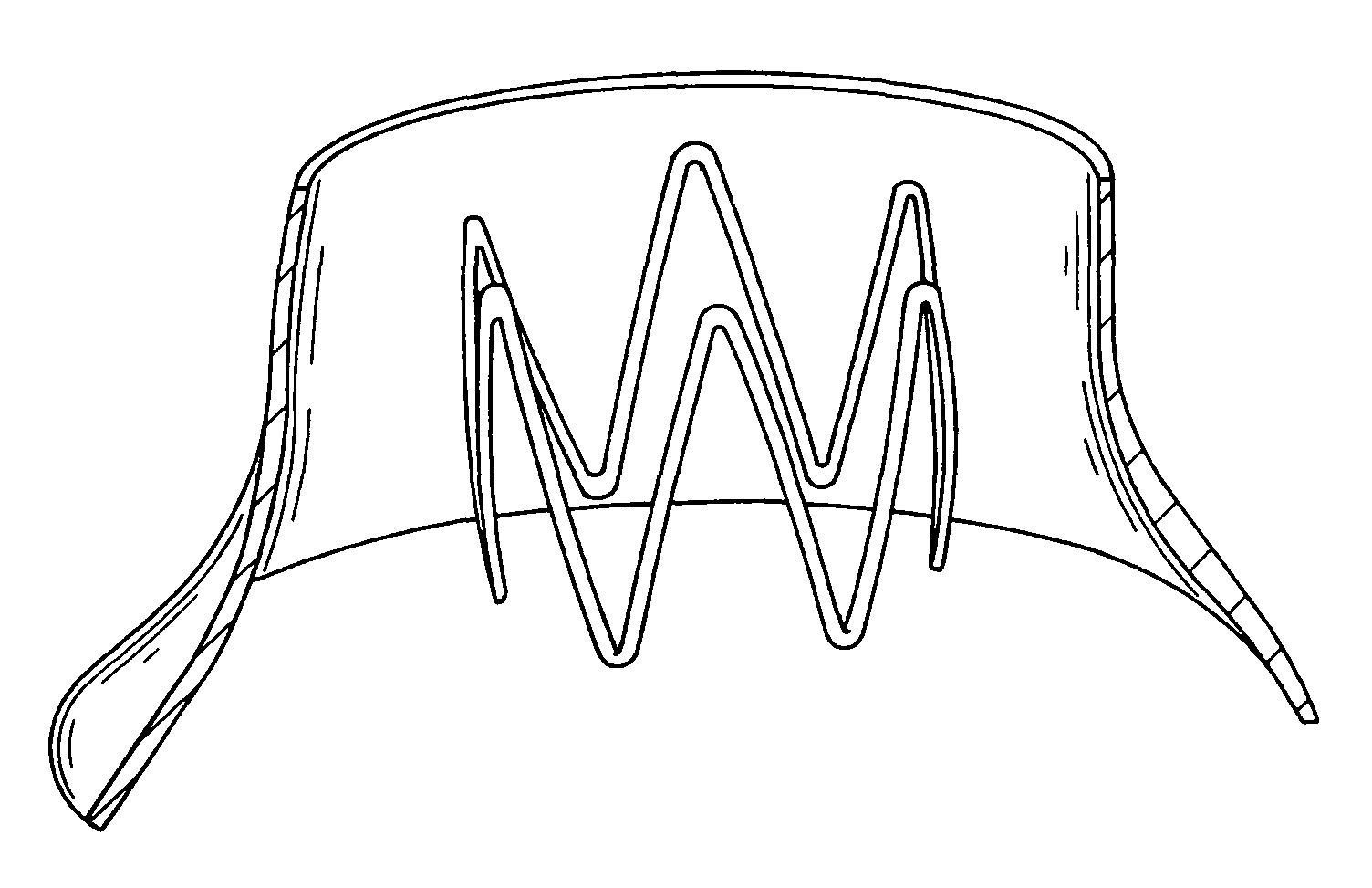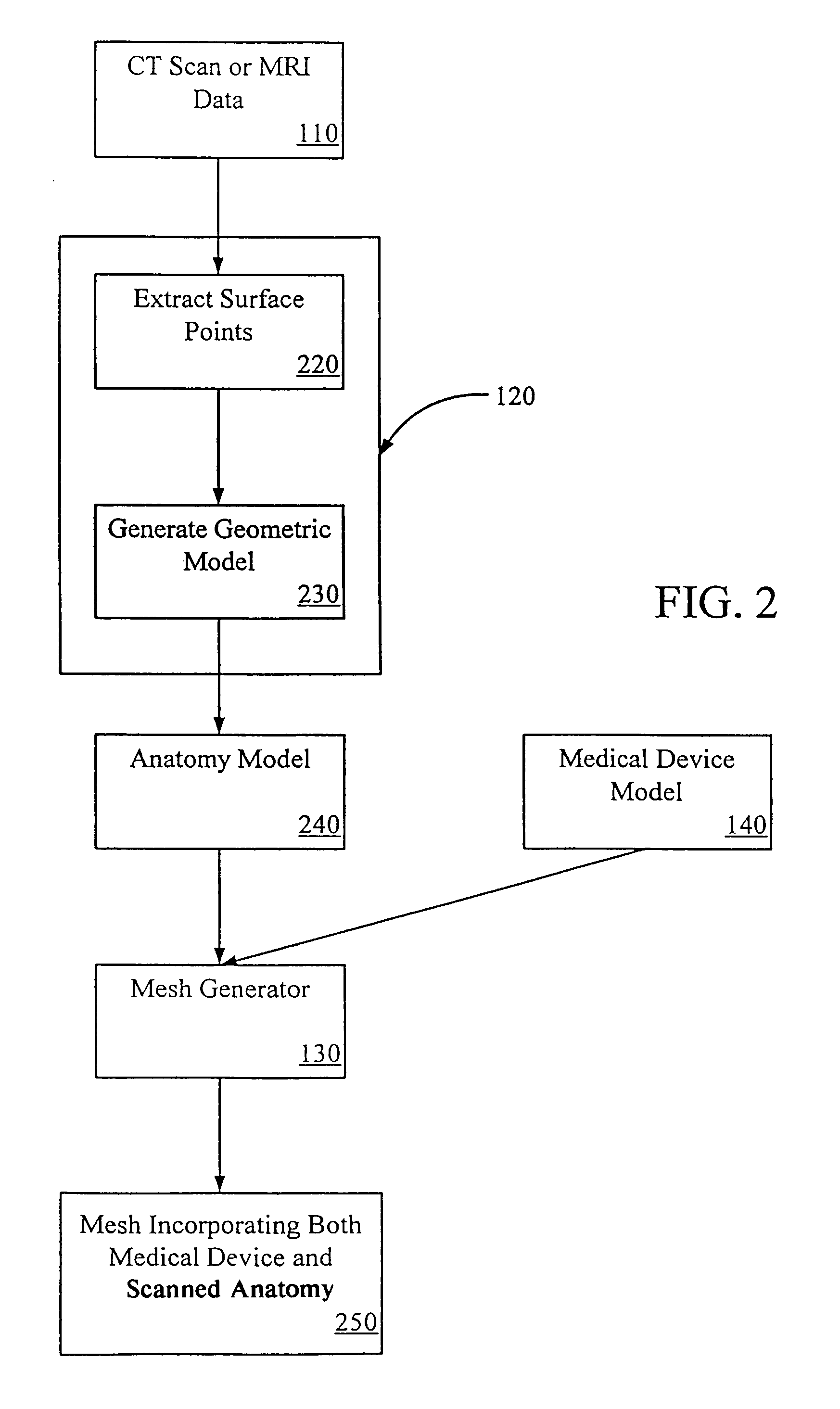Virtual prototyping and testing for medical device development
a medical device and virtual prototyping technology, applied in the field of system and method of developing betterdesigned medical devices, can solve the problems of severe internal bleeding, significant health problems, and rupture of the vessel, and achieve the effects of improving the robustness and adaptability of the medical device design, improving the medical device technology, and improving the speed of the ra
- Summary
- Abstract
- Description
- Claims
- Application Information
AI Technical Summary
Benefits of technology
Problems solved by technology
Method used
Image
Examples
Embodiment Construction
[0030]The following detailed description illustrates an embodiment of the invention by way of example, not by way of limitation of the principles of the invention. Various embodiments of the invention will be described by way of illustration with reference to various software tools, but it should be understood that other software tools that have comparable capabilities of the mentioned tools may be used and other medical device aside from TPEGs may also be developed using this invention. In addition, although the invention is discussed in the context of prosthesis and specifically endovascular grafts, this is in no way meant to limit the scope of the invention.
[0031]Systems and methods of embodiments of the invention are suitable for the development and testing of medical devices including those for therapeutic, diagnostic, monitoring and the like purposes. In general, any device that interacts inside a patient's body may be better developed and tested with the systems and methods o...
PUM
 Login to View More
Login to View More Abstract
Description
Claims
Application Information
 Login to View More
Login to View More - R&D
- Intellectual Property
- Life Sciences
- Materials
- Tech Scout
- Unparalleled Data Quality
- Higher Quality Content
- 60% Fewer Hallucinations
Browse by: Latest US Patents, China's latest patents, Technical Efficacy Thesaurus, Application Domain, Technology Topic, Popular Technical Reports.
© 2025 PatSnap. All rights reserved.Legal|Privacy policy|Modern Slavery Act Transparency Statement|Sitemap|About US| Contact US: help@patsnap.com



